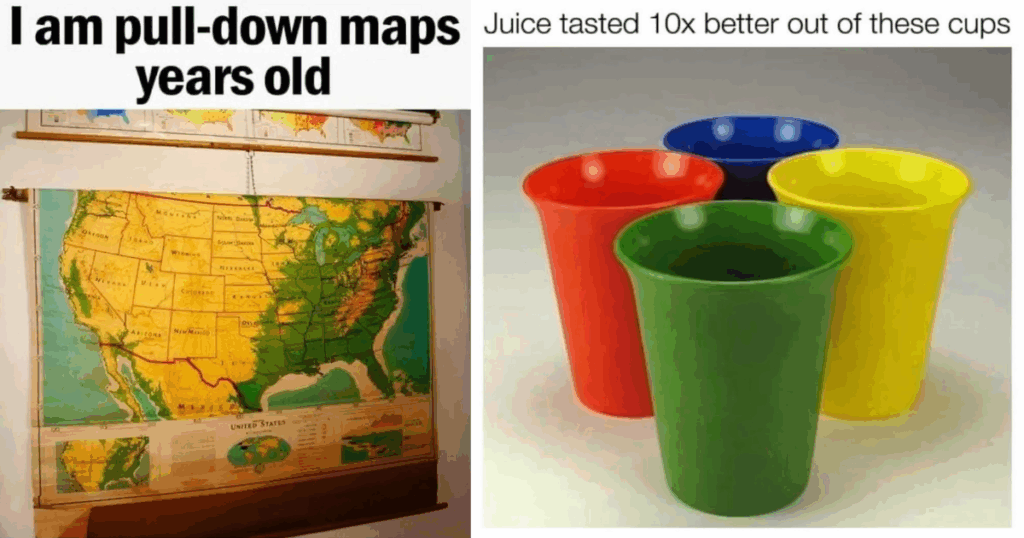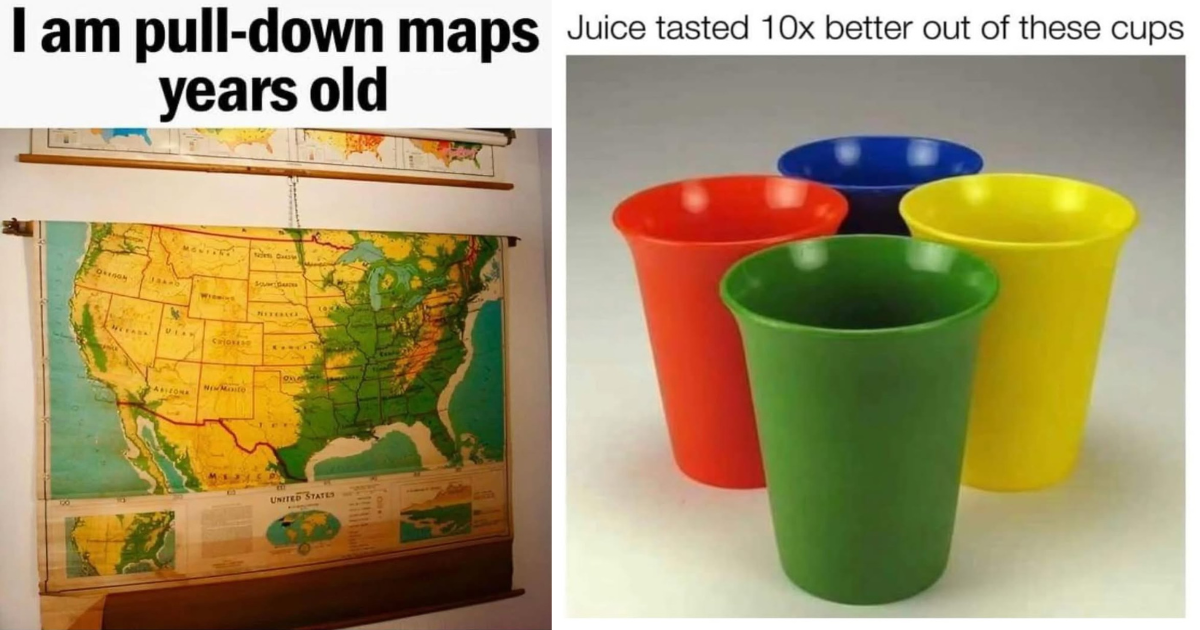
Blast from the Past: Unearthing the Earliest 1980’s Memes and Their Enduring Appeal
The internet, as we know it, didn’t exist in the 1980s. Yet, the concept of the meme – a cultural idea, behavior, or style that spreads from person to person within a culture – was alive and well. Long before viral videos and social media shares, the 1980’s memes thrived through word of mouth, television, movies, and printed media. Understanding these early forms of meme culture provides a fascinating glimpse into the decade’s zeitgeist and how cultural phenomena spread before the digital age. This article will delve into some of the most memorable and influential 1980’s memes, exploring their origins, impact, and lasting legacy.
Defining ‘Meme’ in the Pre-Internet Era
Before we dive into specific examples, it’s crucial to establish what constituted a meme in the 1980s. The term, coined by Richard Dawkins in his 1976 book “The Selfish Gene,” refers to an idea or behavior that replicates and spreads within a culture. In the pre-internet era, this replication occurred through analog means: catchphrases from movies, popular songs, fashion trends, and even urban legends. The key characteristic remained the same: rapid dissemination and widespread adoption.
Iconic Movie Quotes as 1980’s Memes
The 1980s was a golden age for blockbuster movies, and many of these films spawned catchphrases that became ingrained in popular culture. These iconic quotes acted as early forms of 1980’s memes, spreading through schoolyards, workplaces, and everyday conversation.
- “I’ll be back” (The Terminator, 1984): Arnold Schwarzenegger’s chilling declaration became a ubiquitous threat and a playful retort. Its simplicity and delivery made it instantly memorable and easily replicable.
- “Go ahead, make my day” (Sudden Impact, 1983): Another Clint Eastwood classic, this line epitomized the tough-guy persona and became a popular challenge or taunt.
- “No, I am your father” (The Empire Strikes Back, 1980): Arguably one of the most famous movie twists of all time, this revelation became a pop culture touchstone and a common reference point for surprising or shocking news.
- “Greed is good” (Wall Street, 1987): Michael Douglas’s portrayal of Gordon Gekko cemented this phrase as a symbol of the decade’s materialistic tendencies. It became both a celebration and a critique of the era’s financial excesses.
Music and Dance Craze 1980’s Memes
Music videos revolutionized the music industry in the 1980s, providing a visual medium for artists to connect with their audience. This led to the proliferation of dance crazes and musical earworms that became ubiquitous 1980’s memes.
- The Moonwalk: Michael Jackson’s signature dance move, first popularized in 1983, became a global sensation. Kids everywhere attempted to emulate the seemingly effortless glide, making it a defining visual meme of the decade.
- “Thriller” Dance: The elaborate choreography from Michael Jackson’s “Thriller” music video inspired countless imitations and parodies. The zombie-themed dance became a staple at parties and events, solidifying its status as a cultural phenomenon.
- “Walk This Way” (Run-DMC ft. Aerosmith): This collaboration bridged the gap between rock and hip-hop, introducing a new generation to Aerosmith and popularizing hip-hop culture. The song’s infectious beat and iconic music video made it a cultural touchstone.
Fashion Fads and Trends as 1980’s Memes
Fashion in the 1980s was bold, colorful, and often outrageous. Certain styles and trends gained widespread popularity, becoming visual 1980’s memes that defined the decade’s aesthetic.
- Leg Warmers: Made popular by movies like “Flashdance,” leg warmers became a ubiquitous fashion accessory, worn by dancers, aerobics enthusiasts, and anyone looking to add a touch of 80s flair to their outfit.
- Shoulder Pads: Exaggerated shoulder pads were a symbol of power dressing, particularly for women in the workplace. They became a visual shorthand for ambition and success.
- Jelly Shoes: These colorful plastic shoes were a must-have for kids and teenagers. Their affordability and variety of colors made them a popular and easily accessible trend.
- Parachute Pants: These baggy, nylon pants were a staple of breakdancing culture and gained mainstream popularity thanks to artists like MC Hammer.
Catchphrases and Slogans: Linguistic 1980’s Memes
Beyond movie quotes, the 1980s saw the rise of various catchphrases and slogans that permeated popular culture. These linguistic 1980’s memes spread through advertising, television, and everyday conversation.
- “Where’s the beef?” (Wendy’s Commercial): This simple question, posed by Clara Peller in a Wendy’s commercial, became a national obsession. It was used to challenge the substance of everything from political arguments to marketing claims.
- “Just Say No” (Anti-Drug Campaign): This slogan, popularized by Nancy Reagan’s anti-drug campaign, became a ubiquitous message in schools and media. While its effectiveness is debated, its cultural impact is undeniable.
- “I Pity the Fool!” (Mr. T): Mr. T’s signature catchphrase from “The A-Team” became a symbol of tough-guy bravado and a popular way to dismiss someone or something.
The Enduring Appeal of 1980’s Memes
Why do these 1980’s memes continue to resonate with us today? Several factors contribute to their enduring appeal:
- Nostalgia: For those who lived through the 1980s, these memes evoke a sense of nostalgia and fond memories of their youth.
- Simplicity: Many of these memes are simple, easily understood, and universally relatable, making them accessible to a wide audience.
- Cultural Significance: These memes reflect the cultural values, trends, and anxieties of the 1980s, providing a window into a bygone era.
- Reinterpretation: Many 1980’s memes have been reinterpreted and adapted for modern contexts, ensuring their continued relevance.
The Evolution of Memes: From Analog to Digital
The transition from analog to digital memes has been a significant shift in the way cultural ideas spread. While 1980’s memes relied on word of mouth, television, and print media, modern memes thrive on the internet’s speed and reach. Social media platforms like Twitter, Facebook, and Instagram have become breeding grounds for viral content, allowing memes to spread globally in a matter of hours. [See also: The History of Internet Memes]
However, the fundamental principle remains the same: a successful meme is one that is easily replicated, adapted, and shared. The 1980’s memes laid the groundwork for the digital meme culture we know today, demonstrating the power of cultural ideas to spread and evolve.
The Legacy of 1980’s Memes
The 1980’s memes, though predating the internet as we know it, demonstrate that the human desire to share and replicate cultural ideas is timeless. They offer valuable insights into the decade’s culture and the evolution of meme culture itself. They remind us that even without the internet, ideas can still spread like wildfire, shaping our collective consciousness and leaving a lasting impact on popular culture. [See also: Popular Culture in the 1980s] The staying power of these 1980’s memes highlights the enduring power of simple ideas, catchy phrases, and iconic images to capture the imagination and shape the cultural landscape. These 1980’s memes continue to be referenced and reinterpreted, proving their lasting impact on popular culture. Even those who didn’t experience the 1980s firsthand recognize and understand many of these cultural touchstones. Exploring these 1980’s memes allows us to appreciate the creativity and ingenuity of the pre-internet era and recognize the enduring power of cultural ideas to spread and evolve. These 1980’s memes serve as a reminder that cultural trends are often cyclical, with ideas and styles from the past resurfacing in new and unexpected ways. The 1980’s memes are a testament to the human capacity for creativity and the enduring power of cultural expression. Understanding the origins and evolution of 1980’s memes provides a valuable perspective on the ever-changing landscape of popular culture and the ways in which we communicate and connect with each other.
Conclusion: Celebrating the Pre-Internet Meme Culture
The 1980s may be long gone, but its memes live on. From iconic movie quotes to unforgettable fashion trends, these cultural touchstones continue to resonate with us today, reminding us of a simpler time before the internet dominated our lives. By understanding the origins and evolution of these 1980’s memes, we can gain a deeper appreciation for the power of cultural ideas to spread and shape our world. So, the next time you hear someone say “I’ll be back” or see someone sporting leg warmers, remember the legacy of the 1980’s memes and the enduring power of pre-internet culture.

